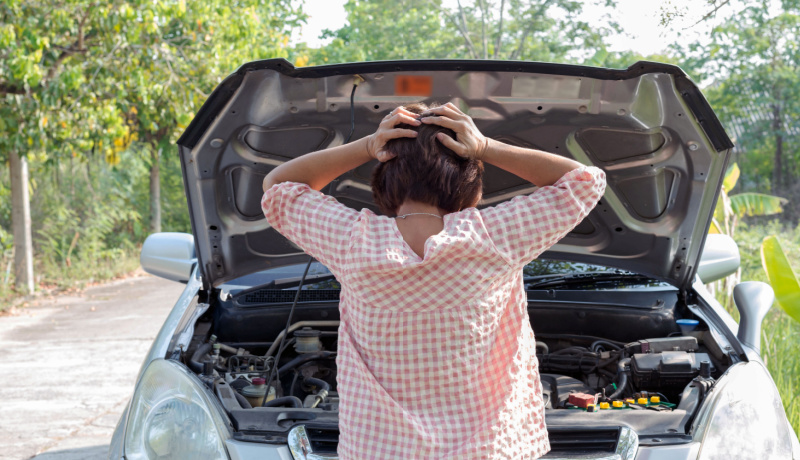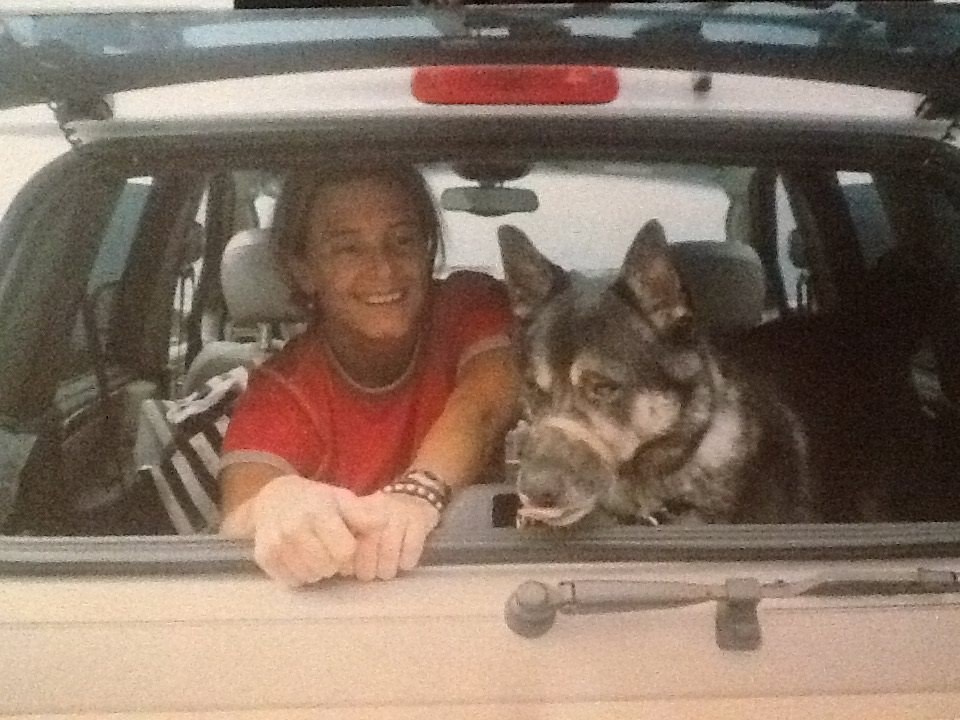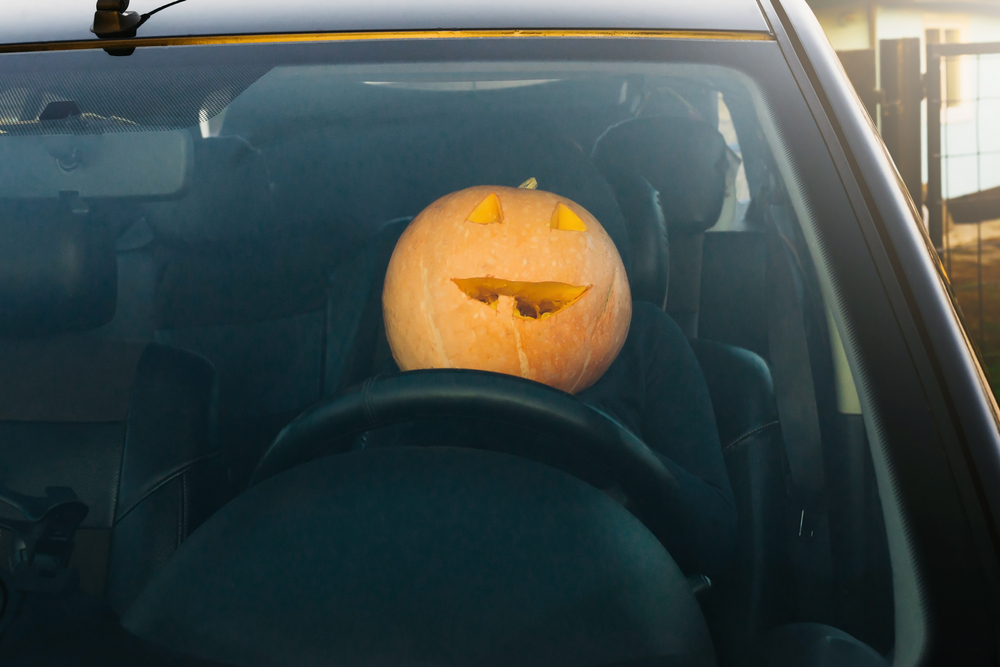How likely are you to stop and help a driver stranded by the side of the road with car trouble? The answer has a lot to do with where you live. Residents of some states are far more likely to drive past a driver in distress those in others. But there are other reasons you may not decide to offer assistance. You may fear for your own safety, or perhaps you’re in a hurry, or you see that others have already come to the distressed driver’s aid.
What is it that drives some motorists to offer help to drivers? Some psychologists attribute helping behavior to the Social Exchange Theory. This theory suggests that people help others because they stand to gain while losing very little. Other social psychologists say it’s the Social Responsibility Norm that makes a driver stop and help out. The Social Responsibility Norm is a societal rule that spurs people on to help others in need of assistance, even when the personal cost is high.
Sometimes a driver in trouble doesn’t want your help. In the UK, for instance, more than four-fifths (83 percent) of women drivers said they don’t want your help when they’re stranded by the side of the road, even at night. Then again, three-fifths of them also wouldn’t stop to help you, if you got stuck—that’s 61 percent, or 6 out of 10 female drivers. You can kind of understand them. Many of them are simply afraid for their personal safety. Approaching a stranger when you’re a woman alone at night, can be very scary.

Personal Safety
In fact, in the same study, fears for their own safety was the reason that just under half (47 percent) of the male motorists preferred to stay stranded in their vehicles, alone at night, rather than have to risk an encounter with a stranger offering help. On the other hand, 57 percent of them said they would stop to help a woman with a broken down car along the roadside; while only 17 percent would stop to help a fellow male driver. One heartening discovery? As many as two-thirds of the respondents said they would stop to help an elderly driver in need.
Closer to home, Gunther Volkswagen of Coconut Creek, Indiana, held a survey of 3,000 drivers throughout the United States to ask if they’d stop to help a stranger stranded in a car in a snowstorm. It turns out that Hoosiers got relatively good marks, the hoped for results. Most of the drivers in Indiana, 77 percent, would indeed come to the aid of their fellow drivers. But Idaho and Wyoming, got far better marks. In fact, when it comes to helping others on the road, 91 percent said residents in either states said they’d stop in bad weather to help a stranded driver. They apparently have the biggest hearts in the country. Compare these figures with the 42 percent of motorists in Nevada who would stop to lend assistance.
Maybe it’s the heat (but it’s a dry heat).

Stranded Drivers: The Elderly
Back to the UK, where they seem to do a lot of research on the topic (which leads to a thought: does driving on the “wrong” side of the road make you more or less likely to help a stranded driver)? This time, the study consisted of a social experiment. The researchers had a distressed senior stand at the roadside, next to a damaged car after an accident. Although the pensioner tried hard to catch the attention of passing drivers, only 9 percent of them stopped to help.
This study actually looked at how many passing drivers would lend assistance to distressed motorists from more than one sector. Actors were used to portray stranded drivers, including an elderly woman and a middle aged man with a child, a young son. It seems a sad comment to report that just 25 percent of drivers would pull over to help an old lady. But the father and son fared far worse. Only 3 percent of drivers of cars on the road would pull over to help those off the road, despite desperate attempts on the part of the distressed driver to flag down a passing driver to help.
The same study found that 23 percent of motorists say they feel they don’t have the skills to help, while 9 percent say they “know” that everyone has cellphones today, and can call for help on their own. Safety was an issue for some. One in twenty, or 6 percent, say they worried for their own safety, a further 6 percent saying they were too afraid to stop, because there was no safe place to do so.

Putting Others First
Study author, Psychologist Gladeana McMahon said, “Altruism is an interesting psychological concept. While we all like to convince ourselves we would put others first, act unselfishly and assist others, in a real life situation it is far less clear cut. This is because when faced with reality we have to weigh up all the factors and often have to do so very quickly. This leads us to focus on our own immediate needs rather than thinking about the other driver, questioning ourselves saying ‘do I have the skills to help?’”
McMahon says that for those who do stop to help, there are known “psychological and physiological benefits.” The helpers feel happy to have helped, and believe it or not, says McMahon, their health improves. But of all these benefits, perhaps the most crucial—not to mention moving—statistic from this study, is that altruism is often addictive. Because once they get that amazing blast from helping a driver in distress, the more these superhero drivers help drivers in trouble, the more they will help other troubled drivers, in future.






